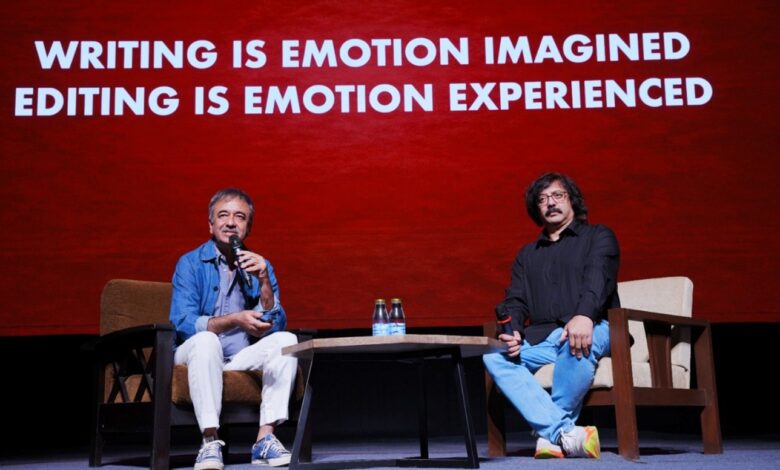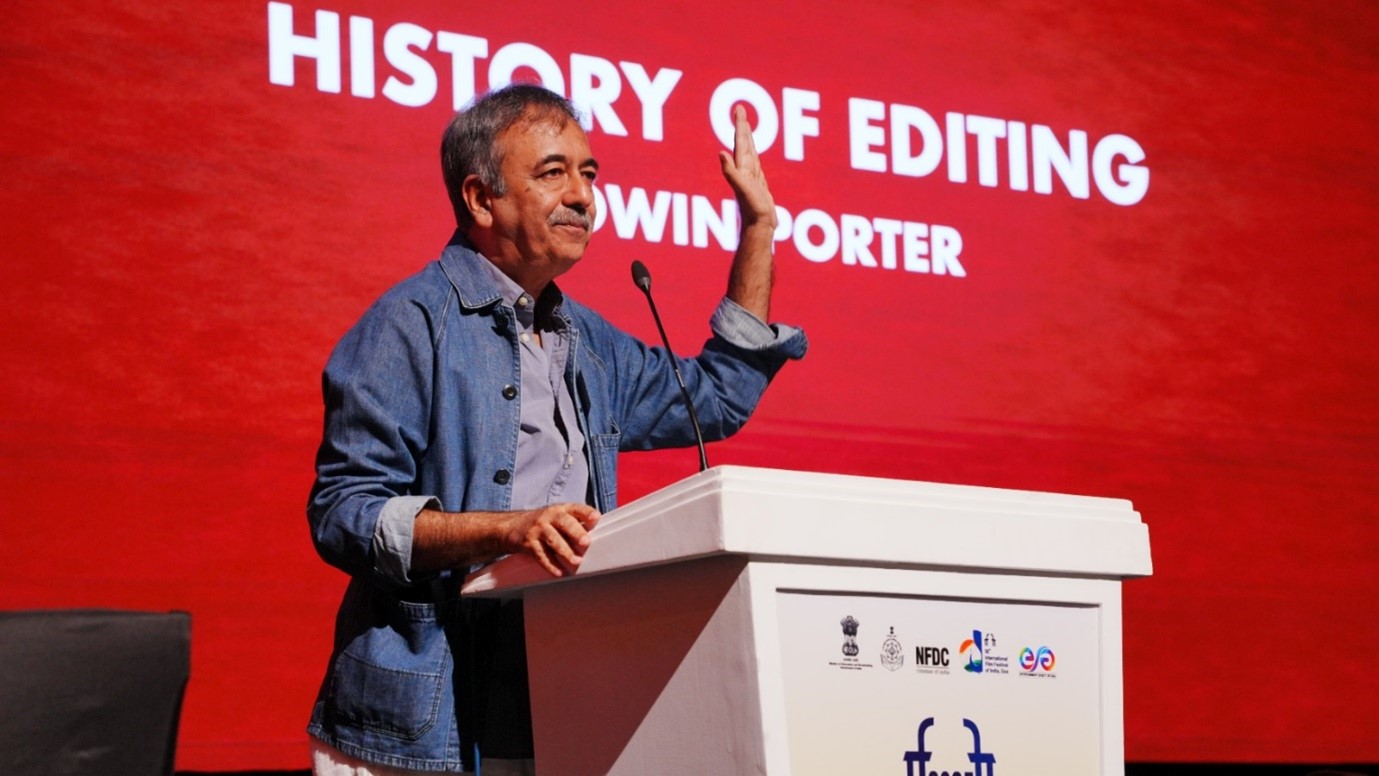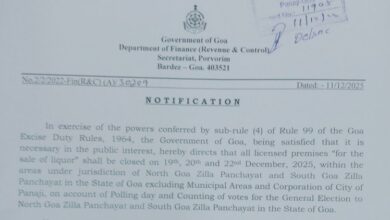
Writing is Emotion Imagined, Editing is Emotion Experienced: Raju Hirani
Theme is the Soul of a Film, while Conflict in the Story becomes Oxygen: Hirani
24 November 2025: Lights dimmed, minds opened, and creativity danced in the air at IFFI today as the crowd settled in for what felt less like a workshop and more like a cinematic power-boost. The moment Raju Hirani walked in, the Kala Academy Hall buzzed with the kind of excitement usually reserved for blockbuster Fridays. By the time he finished, writers were scribbling hurriedly, editors were nodding knowingly, and cinephiles were floating somewhere between inspiration and awe.
The punch lines of one of the most successful and renowned filmmakers were etched in the hearts and minds of film buffs. “Writing is Emotion Imagined, Editing is Emotion Experienced. Writer writes the first draft, Editor, the last. Theme is the Soul of a film, while Conflict in the Story becomes Oxygen.”
While addressing the Masterclass cum Workshop on the theme, “Film is Made on Two Tables- Writing and Editing: A Perspective”, Hirani began by capturing the essence of the writing process with poetic simplicity: “Writing is a place of dreaming.” He described how the writer enjoys boundless freedom—unlimited skies, perfect sunrises, flawless actors, no budgets and no constraints. But the moment these imagined scenes reach the editor’s table, reality inevitably transforms them. “A film begins,” Hirani noted, “only when a character truly wants something. That desire becomes the heartbeat of the narrative. And conflict,” he added, “is oxygen—without it, nothing breathes.”
He urged writers to ground their stories in lived experience. “A good writer must pick triggers from life. Real experiences make stories incredible, unique, and deeply appealing,” he flagged. He also reminded the audience that exposition should be woven invisibly into drama, and that the theme, the film’s soul must whisper consistently beneath every scene.

Speaking with warmth about his first love—editing, Hirani illuminated the editor’s profound yet hidden power. “When the footage reaches the editing table,” he said, “everything becomes different. The editor reimagines the story. He is the unsung hero. His work is invisible, but it holds the film together,” he remarked.
Describing the editor’s toolkit, he explained that the unit of editing is the shot, and a single shot, placed in a different context, can completely transform meaning. “So powerful,” he smiled, “that an editor can flip a story 180 degrees.”
Quoting early cinema pioneers, Hirani recalled DW Griffith’s famous idea that “a good editor plays with your emotion.” He closed this segment with a striking truth that resonated across the room: “The writer writes the first draft. The editor writes the last.”
Hirani stressed that antagonists must possess as strong a point of view as protagonists. “Every character,” he said, “believes they are right. That is where the story’s electricity comes from. This clash of truths, this tension between perspectives, is what gives a narrative its pulse,” he added.

Joining the engrossing conversation, acclaimed screenwriter Abhijat Joshi reflected on the extraordinary power of real-life memories in storytelling. He explained that certain moments—whether hilarious, heartbreaking, or startling—remain etched in our minds for decades, and therefore carry an authenticity that scripted inventions often cannot match. Many such recollections, he revealed, later found their way into 3 Idiots, including the famous electric-shock gag and several subtle character details drawn from people he had observed over the years.
Joshi concluded with timeless screenwriting truths: every character must have a compelling want, conflict is the oxygen of cinema, and the strongest drama arises when two valid, opposing truths collide.









